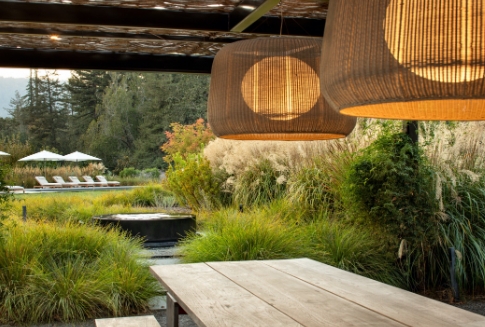Creating Dynamic Landscapes: A Guide for Architects
When it comes to architectural design, the landscape plays a crucial role in enhancing the overall aesthetic appeal of a building. In order to create dynamic landscapes that complement the architecture and engage with the surrounding environment, architects must carefully consider a variety of factors.
Understanding the Site
The first step in creating a dynamic landscape is to thoroughly understand the site on which the building will be constructed. This includes studying the topography, climate, soil conditions, and existing vegetation. By taking these factors into account, architects can design a landscape that is both visually appealing and environmentally sustainable.
Incorporating Natural Elements
One of the key principles of creating dynamic landscapes is to incorporate natural elements such as water features, plants, trees, and rocks. These elements not only help to soften the edges of the built environment, but also create a sense of harmony and balance with the surrounding landscape.
Creating Multifunctional Spaces
In order to make the most of the available space, architects should strive to create multifunctional outdoor areas that can be used for a variety of purposes. This can include designing outdoor seating areas, green spaces, and recreational areas that cater to the needs of both residents and visitors.
Incorporating Sustainable Design
Sustainability is a key consideration in modern architectural design, and this extends to the landscape as well. Architects should aim to incorporate sustainable design practices such as using native plants, implementing water-saving irrigation systems, and designing for natural ventilation and lighting.
Fostering Human Connection
Dynamic landscapes should not only look beautiful, but also foster a sense of connection between people and their environment. By creating spaces that are inviting and welcoming, architects can encourage social interaction and community engagement.
Utilizing Technology
Advancements in technology have made it easier than ever to create dynamic landscapes that are both visually stunning and functional. Architects can use tools such as 3D modeling software and virtual reality technology to visualize their designs and make adjustments as needed.
In conclusion, creating dynamic landscapes is an important aspect of architectural design that can greatly enhance the overall aesthetic appeal of a building. By understanding the site, incorporating natural elements, creating multifunctional spaces, incorporating sustainable design, fostering human connection, and utilizing technology, architects can create landscapes that are both visually striking and environmentally sustainable.

